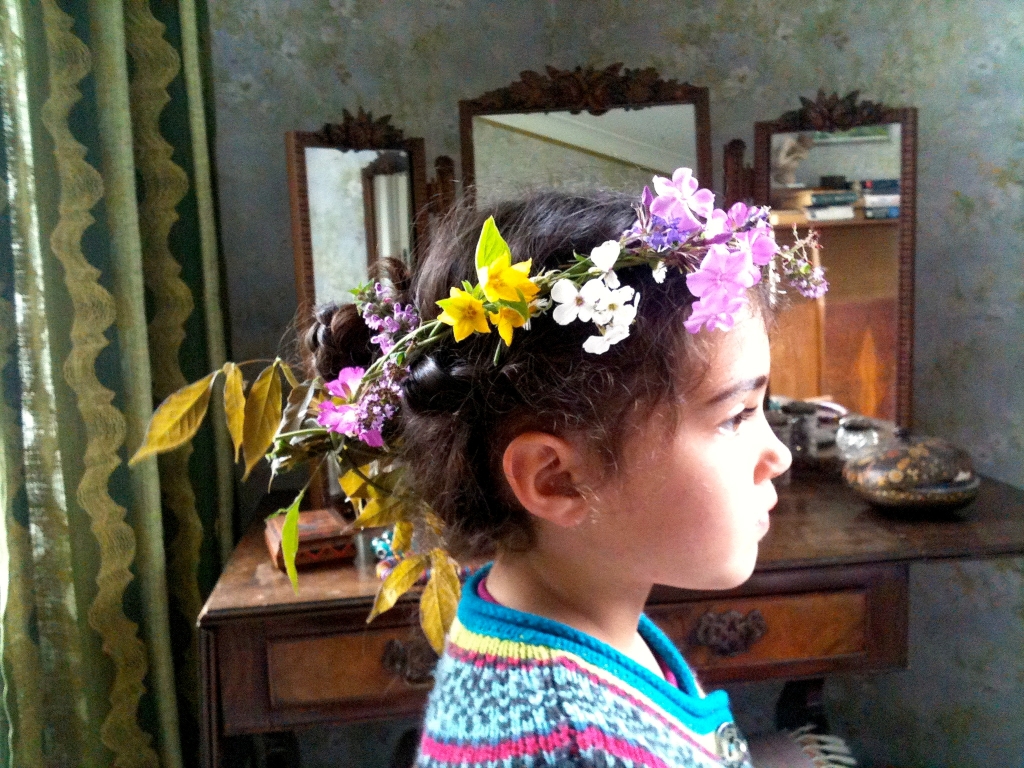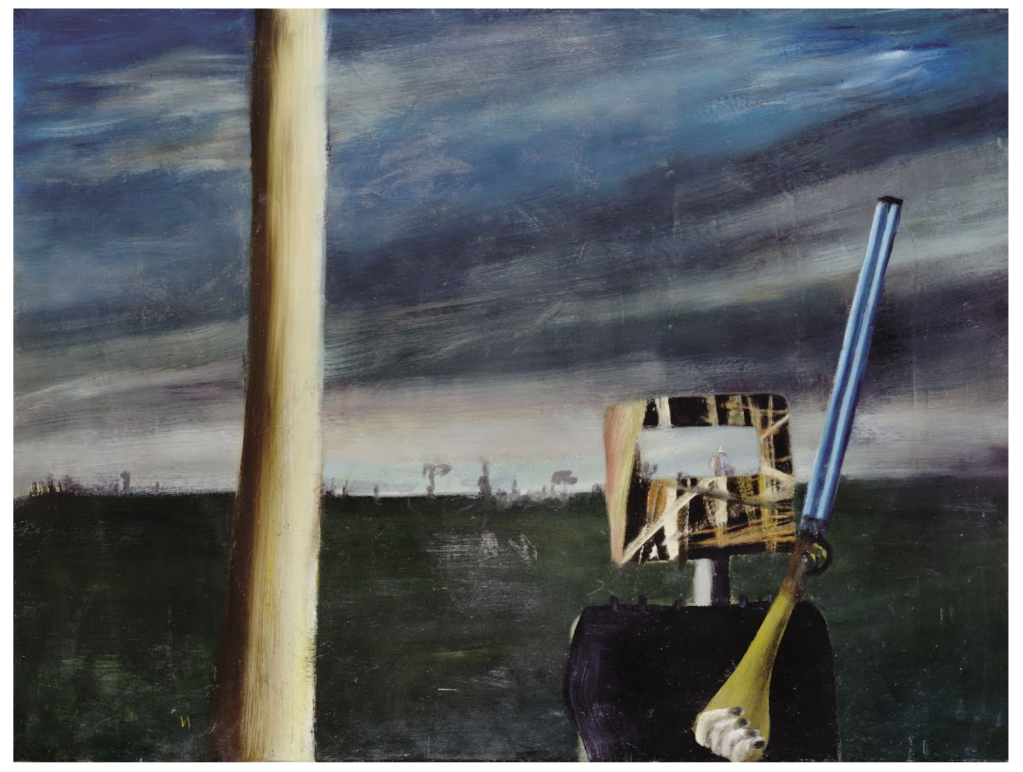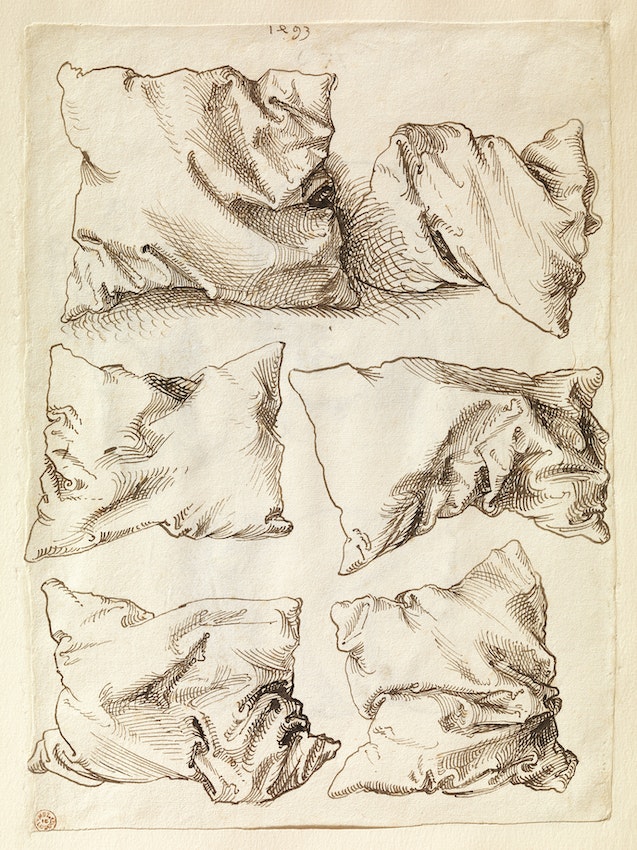
Thomas Adès, composer, on a picture of his niece, Sylvie
GB Why did you choose this picture?
TA Well, there are things in the picture that could look like the result of planning – the harmony of the colours between flowers and clothes – the thoughtful pose and the light from the window, which is reflected from a river – but I like the fact that these things are actually an accident. Or at least, not pre-meditated. I wonder if anything beautiful is ever entirely an accident, even if it’s entirely unconscious.
GB Is a part of its beauty sentimental? If Sylvie wasn’t related to you, would you still find it beautiful?
TA The recognition of beauty betrays a kinship that reaches back beyond us. Not only she is related but she is in my late grandmother’s room – her great-grandmother – whom she never knew but of whom there is a strong sense in the picture. Yes of course that is sentimental but it’s no good being afraid of things like that. It’s much stronger to stand up and acknowledge the presence of sentiment than to shy away in a sterile purist way. I like it when there is a conflict between the recognition of beauty, which is an unwilled, immediate thing rather like a door slamming open in us, if a door could slam open, where we have no choice about it and can’t control it; and what might be called taste, or aesthetic, with which we attempt to mediate our reaction. It always amuses me to see people struggling with that, if they find something beautiful that doesn’t coincide with their aesthetic. Beauty doesn’t come from nowhere, even if it simply reminds us of a primal sensation that comes perhaps from childhood, perhaps from some primeval genetic memory.
GB Is this a different kind of beauty from the 18th century paintings you like?
TA I like that this photo looks very classically posed but it is in fact one of many snapshots – if you look at the angle you can see it is homemade. It reminds me that even something very difficult for modern tastes, say a Greuze portrait of a child, something which might now seem too willed and posed, is in fact a record of an intense but fleeting moment of real life. But Greuze actually aims to create an impression of spontaneity – he very rarely paints profiles or full face, always three-quarter-face – whereas this picture is a spontaneous moment that in the pose looks more like a formal Renaissance portrait. But the aesthetic is quite Rococo, with nature in the interior. Also, the way symbolism can work in those pictures was perhaps more natural than it at first seems to us. Sylvie quite commonly goes around with flowers in her hair – it’s an accident of the moment that they become emblematic of something or other.
GB Does beauty come up for discussion much in your work?
TA I’ve been lucky enough to have it occasionally said, things like “moments of ravishing beauty” – there are two problems with this: one, it is a point where inadequate criticism throws up its hands, and ninety-nine percent is inadequate; and two, the adequate critic would be able to see that the “beautiful” moment is just a flower that blooms at the tip of a huge plant. If we were permanently conscious of the beauty in the entire plant we’d be paralysed. But that’s what the artist has to strive towards.
GB What makes something worthy of the word Beauty to you?
TA I like that it is disarming – like a child before it knows about right or wrong.




